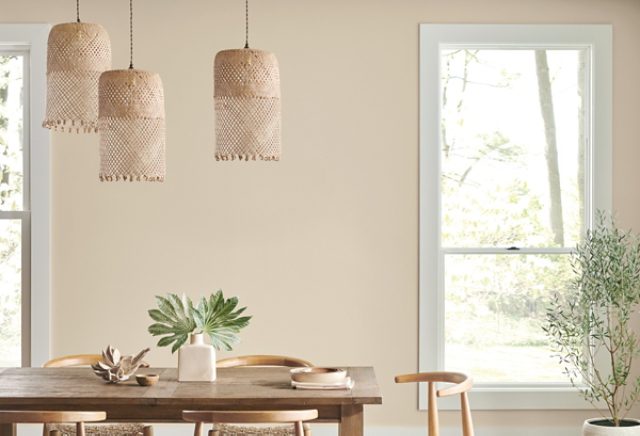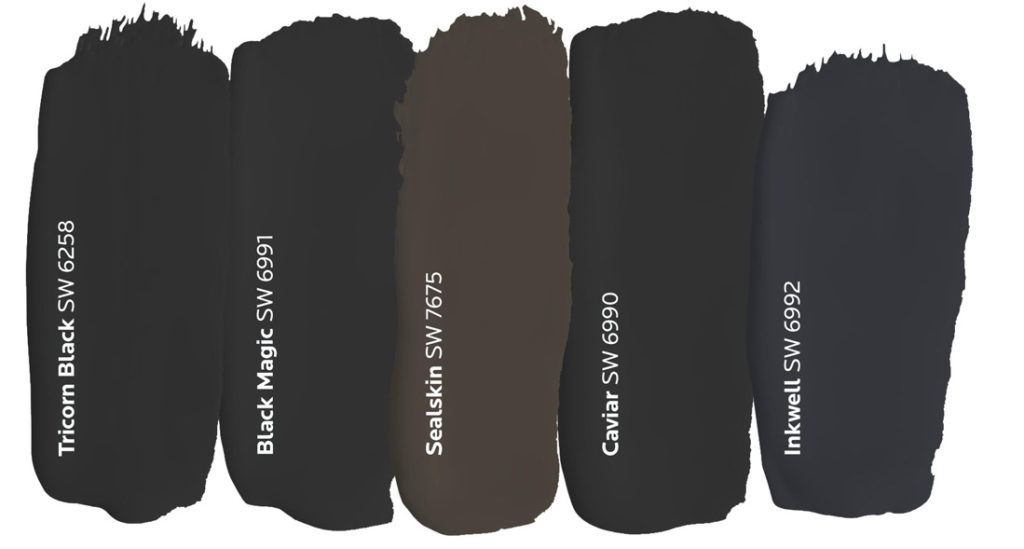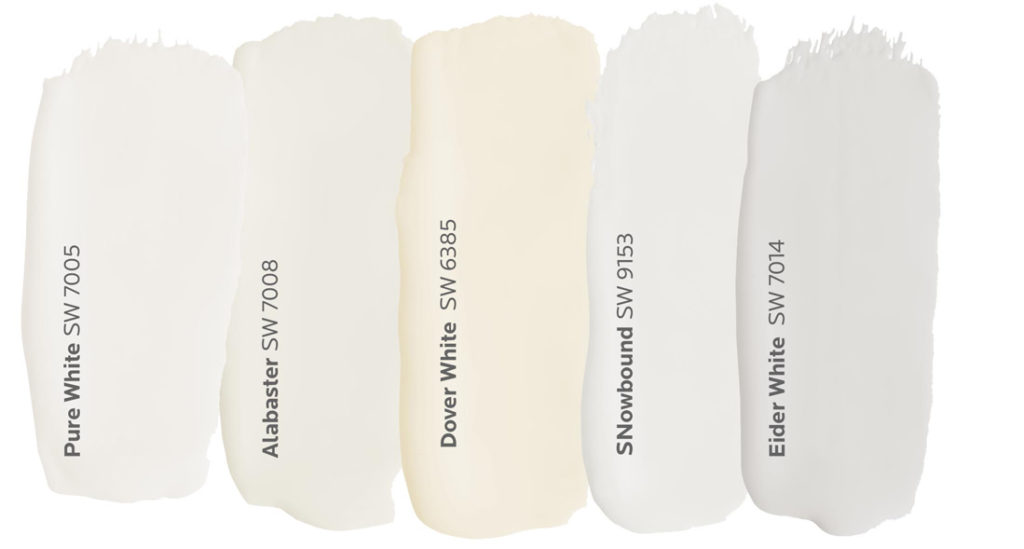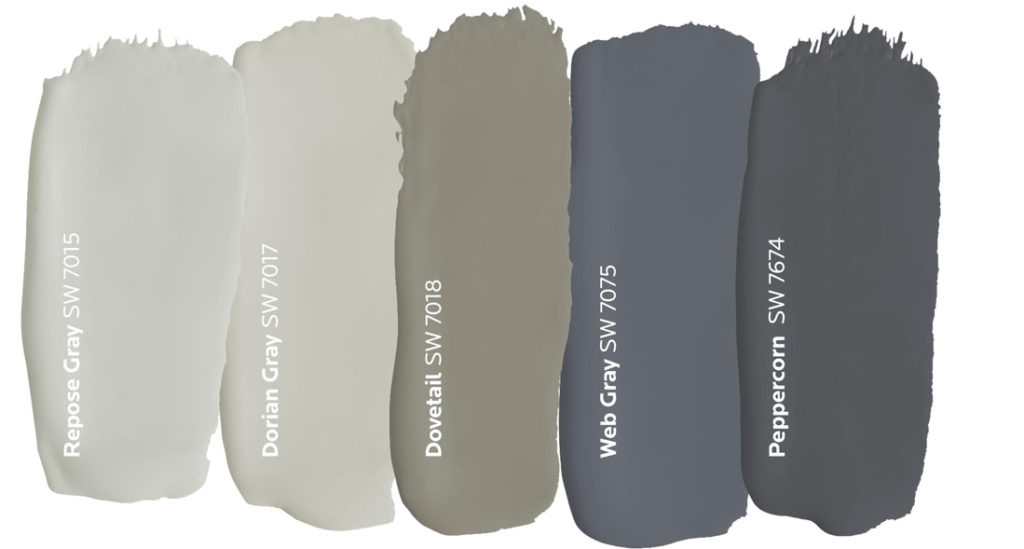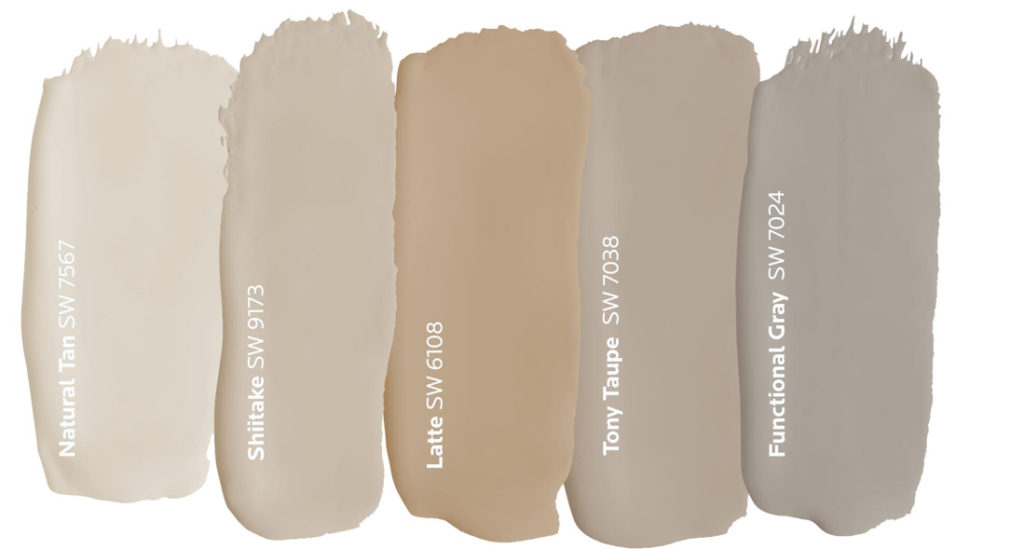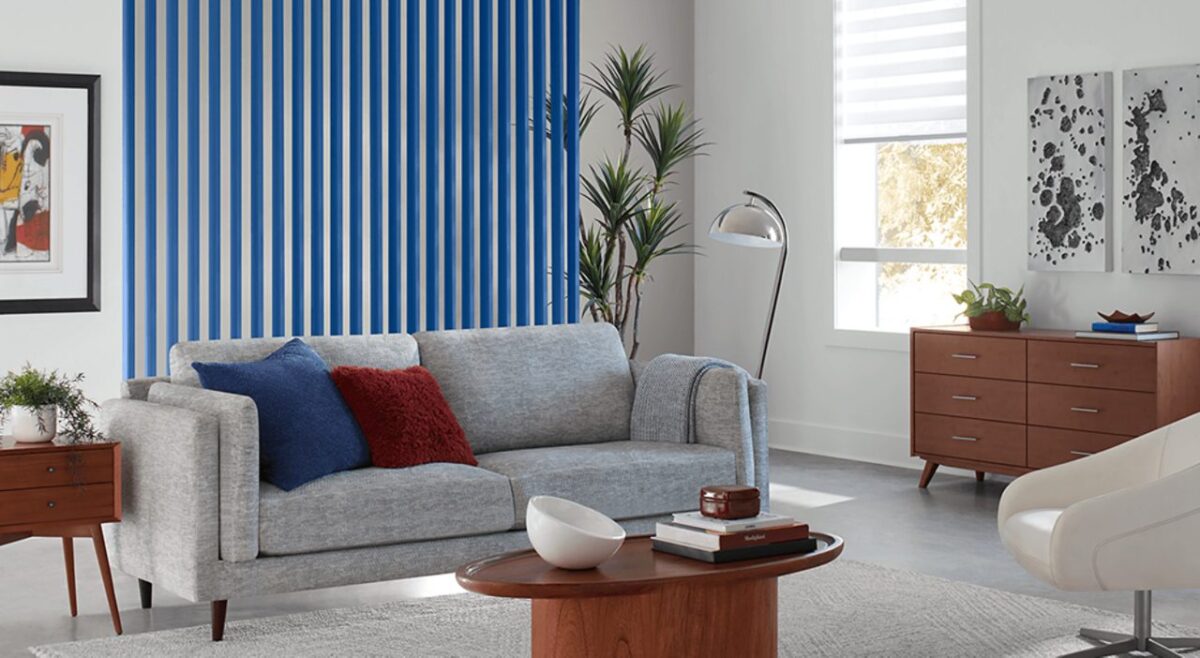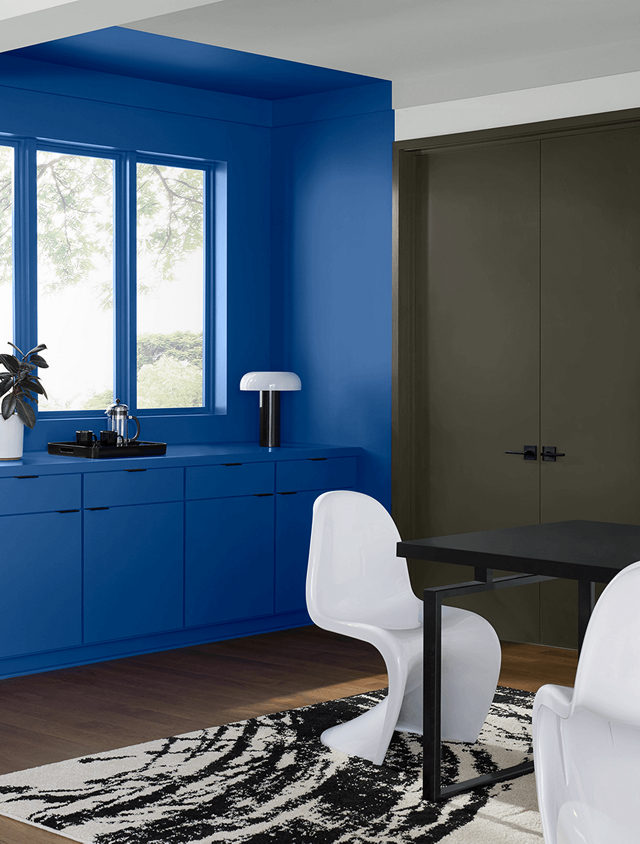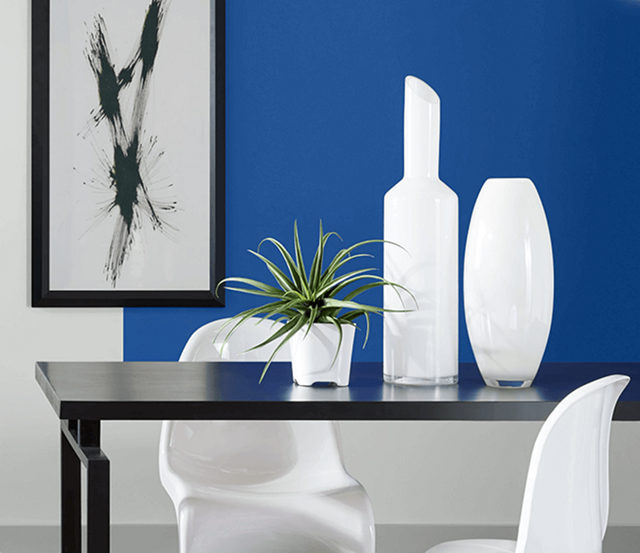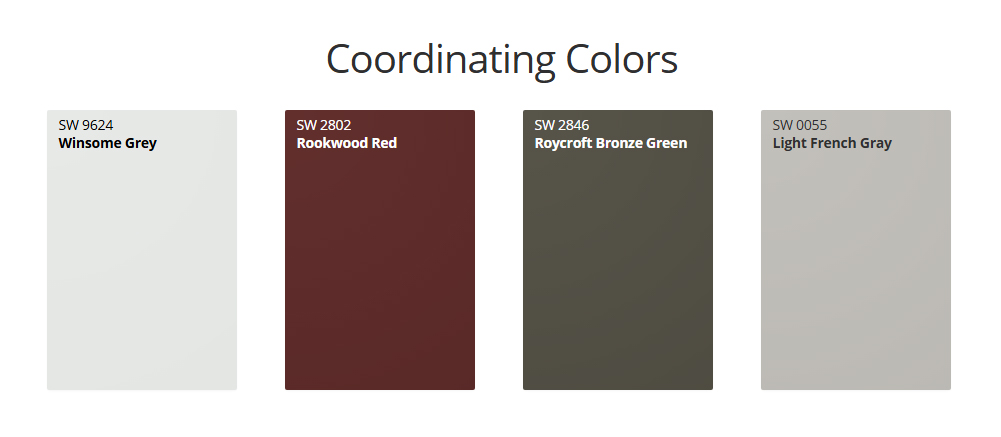Choosing the perfect exterior paint color for your home can feel like a big decision—but it doesn’t stop there! Once you’ve picked the body color, selecting a complementary trim color becomes just as important. The trim acts like the frame of a painting, enhancing and defining your home’s overall appearance. Here’s a guide to help you achieve the perfect match.
1. Start with the Basics: Contrast and Balance
The key to a cohesive exterior design lies in the balance between your body and trim colors. Consider the contrast:
- Low Contrast: Using shades from the same color family creates a soft, elegant look. For example, pairing a light gray body with slightly darker gray trim.
- High Contrast: Bold pairings, like a navy blue body with bright white trim, make features like windows and doors pop.
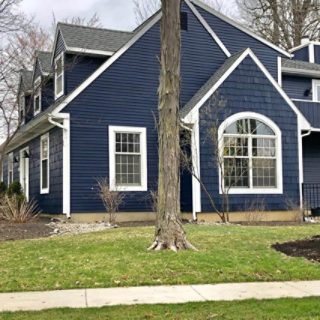
2. Classic Pairings that Always Work
If you’re unsure where to start, tried-and-true combinations are a safe bet:
- White Body + Black Trim: A timeless duo that exudes sophistication.
- Earth-Toned Body + Cream or Beige Trim: Perfect for blending into natural surroundings.
- Dark Body + Light Trim: Navy, charcoal, or forest green paired with crisp white trim creates striking curb appeal.
3. Consider the Architectural Style
Your home’s style plays a significant role in color choices:
- Modern Homes: Clean lines and minimalist palettes often use neutral body colors with black or metallic trim.
- Colonial or Victorian Homes: Traditional styles lend themselves to contrasting colors, with bold trim that highlights architectural details.
- Cottages or Farmhouses: Soft, warm tones like sage green with off-white trim evoke charm and coziness.
4. Work with Your Surroundings
Take a step back and consider how your home fits into its environment:
- Natural Backdrops: For homes surrounded by trees or mountains, choose earth tones like browns, greens, and taupes to complement the scenery.
- Urban Settings: Bright or contrasting colors can help your home stand out amidst a sea of neutral-toned buildings.
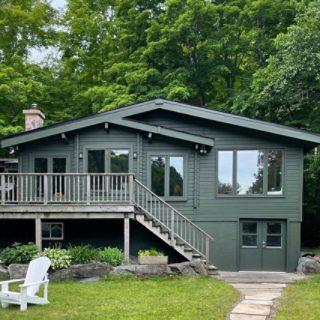
5. Pay Attention to Material Accents
Does your home feature brick, stone, or other materials? These elements should guide your color palette:
- Warm Materials: Brick or red stone pairs beautifully with cream or warm beige trim.
- Cool Materials: Gray or slate accents often look best with cool trim tones like crisp white or pale blue.
6. Test Before You Commit
Paint swatches can look very different in natural sunlight than in-store. Before finalizing your colors:
- Test small patches on both the body and trim.
- View the colors at different times of day to ensure they complement each other and look great in varying light conditions.
7. Set the Mood
Your home’s exterior is the first impression visitors and passersby get. Think about the message you want to convey:
- Warm, Inviting Feel: Use earthy tones with soft, neutral trim.
- Bold and Unique: Choose contrasting, vibrant colors for a standout look.
- Clean and Classic: Stick to light neutrals with black or white trim for timeless appeal.
Conclusion
Matching your exterior body paint color with trim color is an art, but it’s also an opportunity to express your personal style while enhancing your home’s curb appeal. With these tips, you’ll create a harmonious, eye-catching look that makes your home the envy of the neighborhood. So grab those paint swatches and start dreaming!


